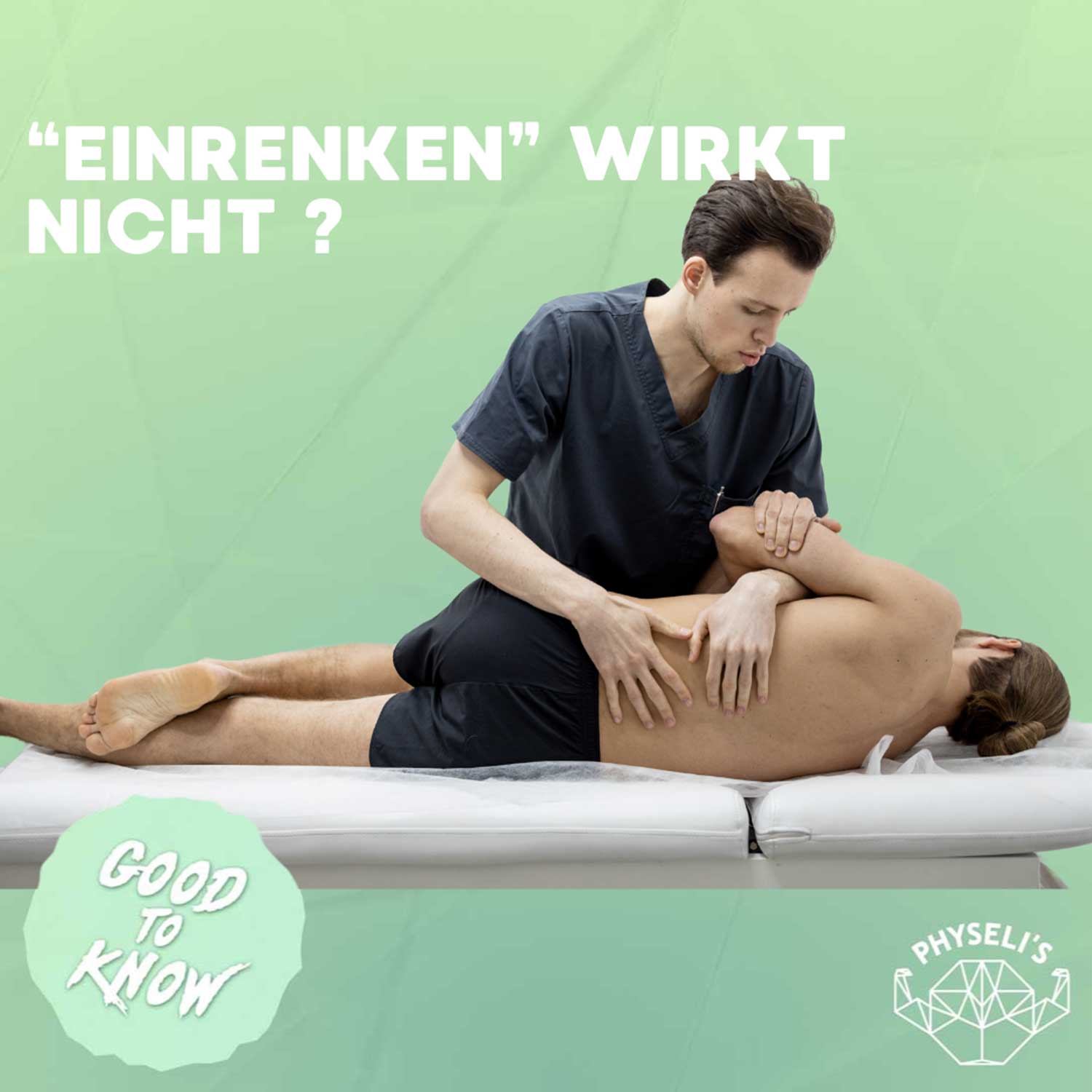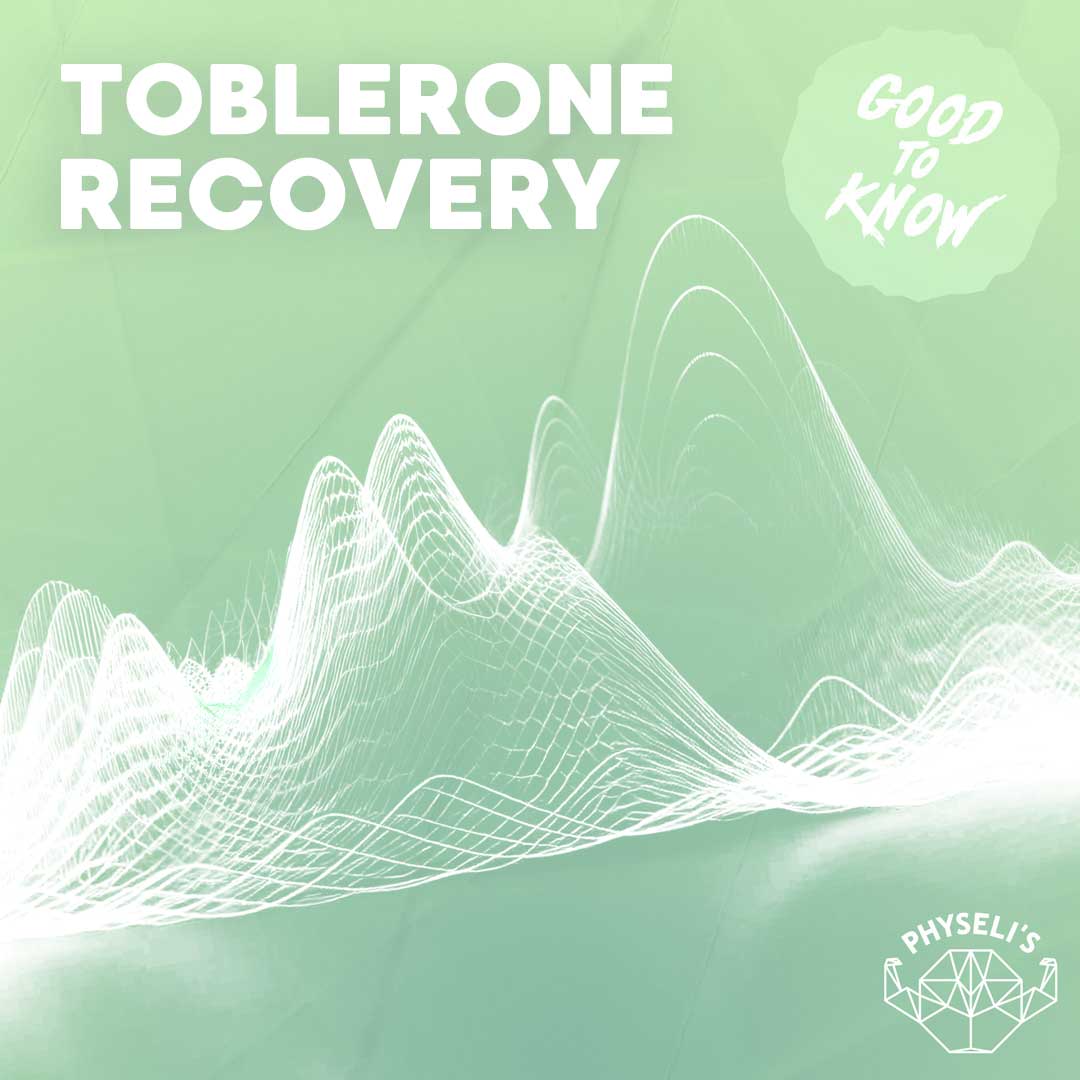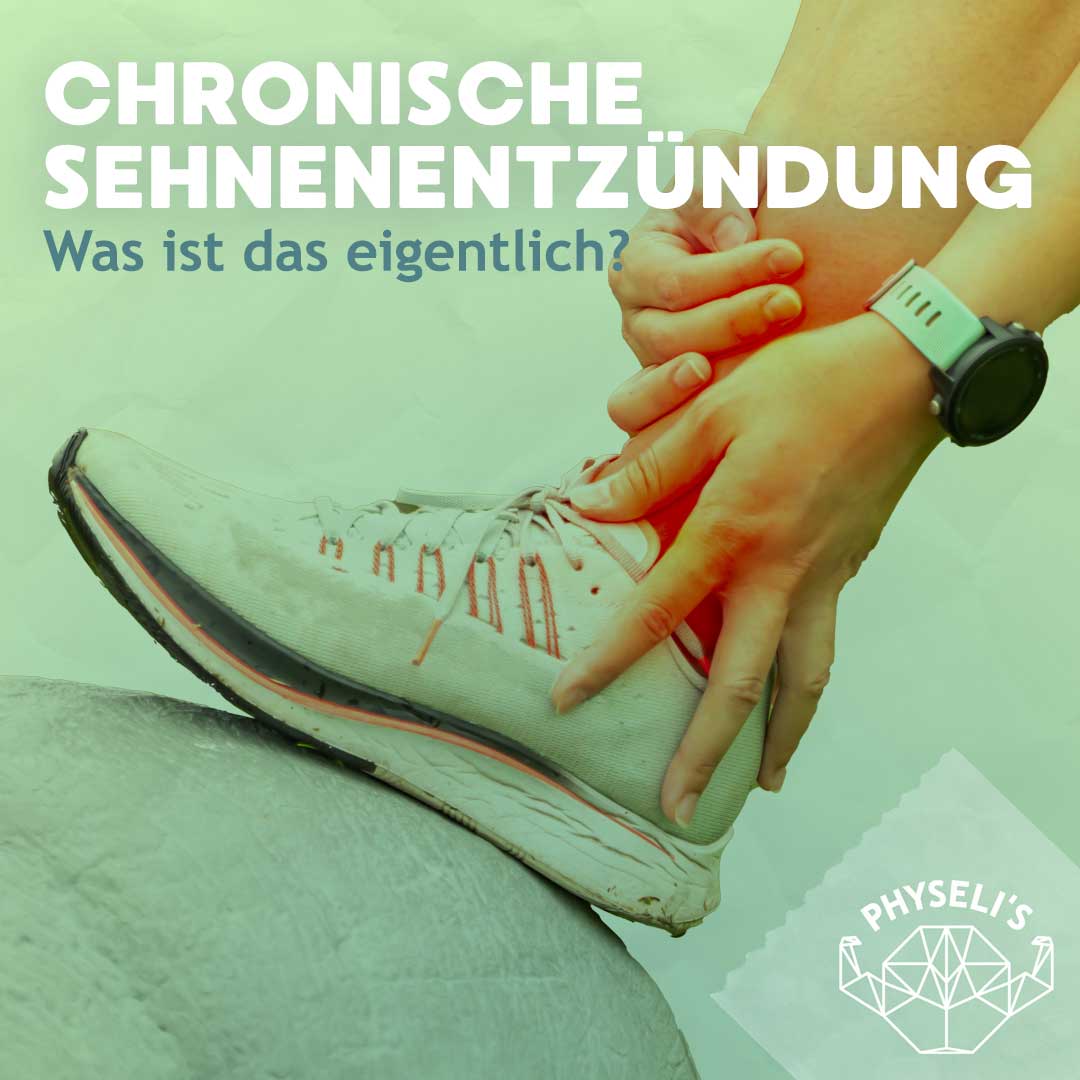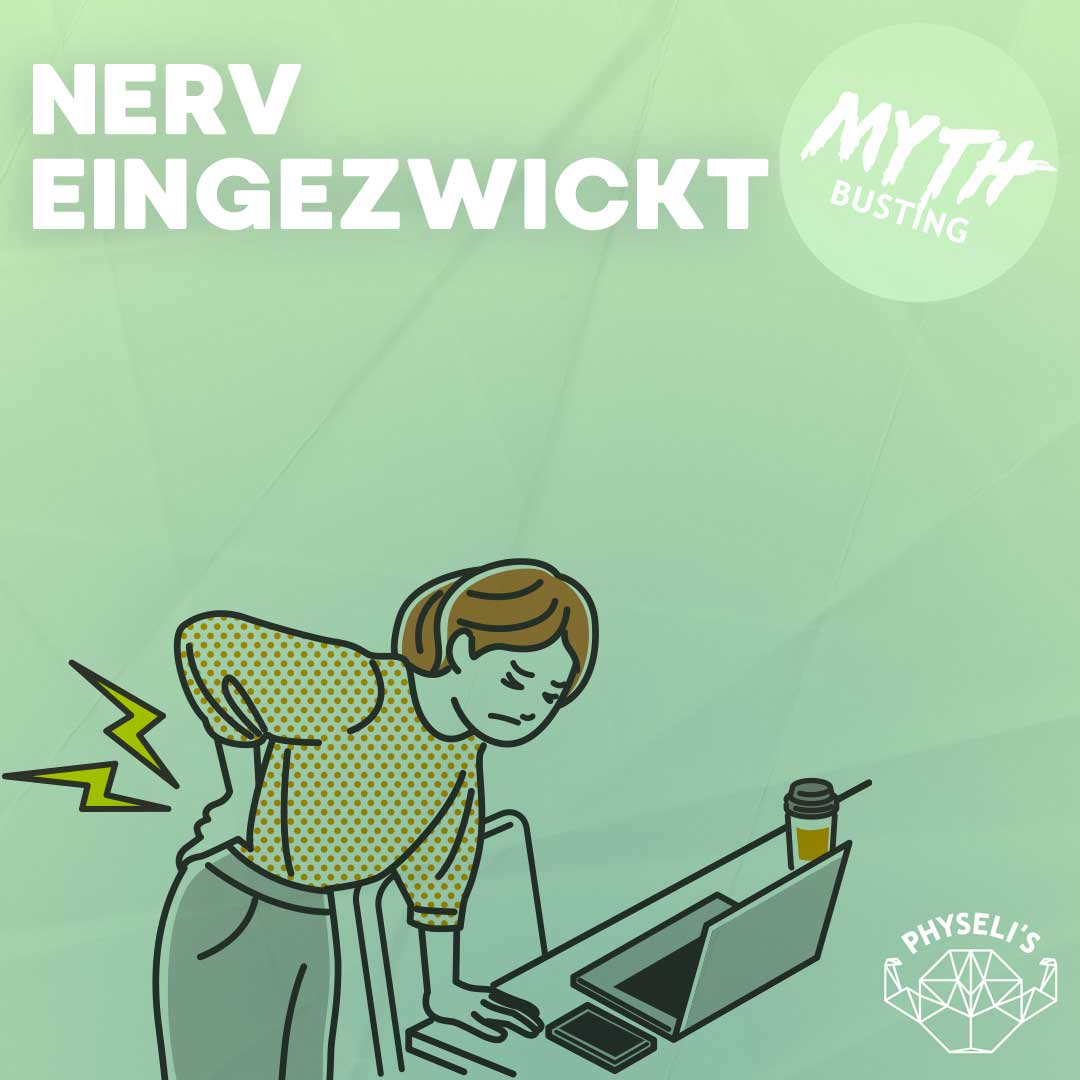8 facts about pain
1. pain is normal, individual and always real
All pain experiences are real and although unpleasant, are an excellent response to something that our brain classifies as threatening.
2. pain and tissue damage rarely have a clear connection
Pain is an unreliable indication of whether and to what extent tissue damage is present – either aspect can occur without the other.
3. pain is associated with widespread activity in the brain
There is no pain center in the brain! Pain is a conscious experience that inevitably activates many brain centers simultaneously.
4. pain depends on the context
Pain can be affected by our sensory perceptions, things we say, things we think, things we believe in, things we do, things that happen in our bodies, places we go, and people in our lives.
5. pain is only one of many other protective outputs.
When the body is threatened, it is able to activate multiple protective systems simultaneously (e.g. immune system, endocrine system, motor system, nervous system, etc.). Any one of these systems can become overprotective.
6. we are all bio-plastic – we learn throughout our lives
All these systems can also be throttled back in the course of our lives. Our brain or our body learns throughout our life. Therefore, it is also biologically counterintuitive that pain cannot change.
7. better knowledge about pain can help individuals and our society
Understanding pain better is therapy in itself. When we understand why it hurts and look at pain from a holistic perspective, the pain often subsides.
8. active treatment strategies represent an important cornerstone
Once we really understand pain, then we can start making plans and figuring out different options to move more, improve our fitness, sleep better, etc.
Pain is an individual and, above all, context-dependent phenomenon. In the context of holistic therapy, it is important to adapt complementary strategies to the individual and to integrate them appropriately. Education and awareness is an important part of therapy.
We have a variety of (sometimes overly active) protective systems in our bodies, which includes the ability to sense pain. By means of elucidation of this phenomenon, reduction of the threatening nature of a feeling and independent better control over the pain can positively influence it.
Source list:
Moseley, G. Lorimer; Butler, David S. (2017): Explain pain supercharged. The clinician`s manual. Adelaide: Noigroup Publications (The clinician’s Handbook).
O’Keeffe, M., O’Sullivan, P. B., & O’Sullivan, K. (2019). Education can “change the world”: Can clinical education change the trajectory of individuals with back pain? British Journal of Sports Medicine, 53(22), 1385-1386. https://doi.org/10.1136/bjsports-2018-100190
O’Sullivan, P. B., Caneiro , J. P., O’Sullivan, K., Lin, I., Bunzli , S., Wernli , K., & O’Keeffe, M. (2019). Back to basics: 10 facts every person should know about back pain
Louw , A., Puentedura , E., Schmidt, S., & Zimney , K. (2018). Pain Neuroscience Education: Teaching People about Pain. OPTP.
Flink, I. K., Reme, S., Jacobsen, H. B., Glombiewski, J., Vlaeyen, J. W. S., Nicholas, M. K., Main, C. J., Peters, M., Williams, A. C. de C., Schrooten, M. G. S., Shaw, W., & Boersma, K. (2020). Pain psychology in the 21st century: lessons learned and moving forward. Scandinavian Journal of Pain, 20(2), 229-238. https://doi.org/10.1515/sjpain-2019-0180 https://doi.org/10.1080/17453674.2017.1344915













